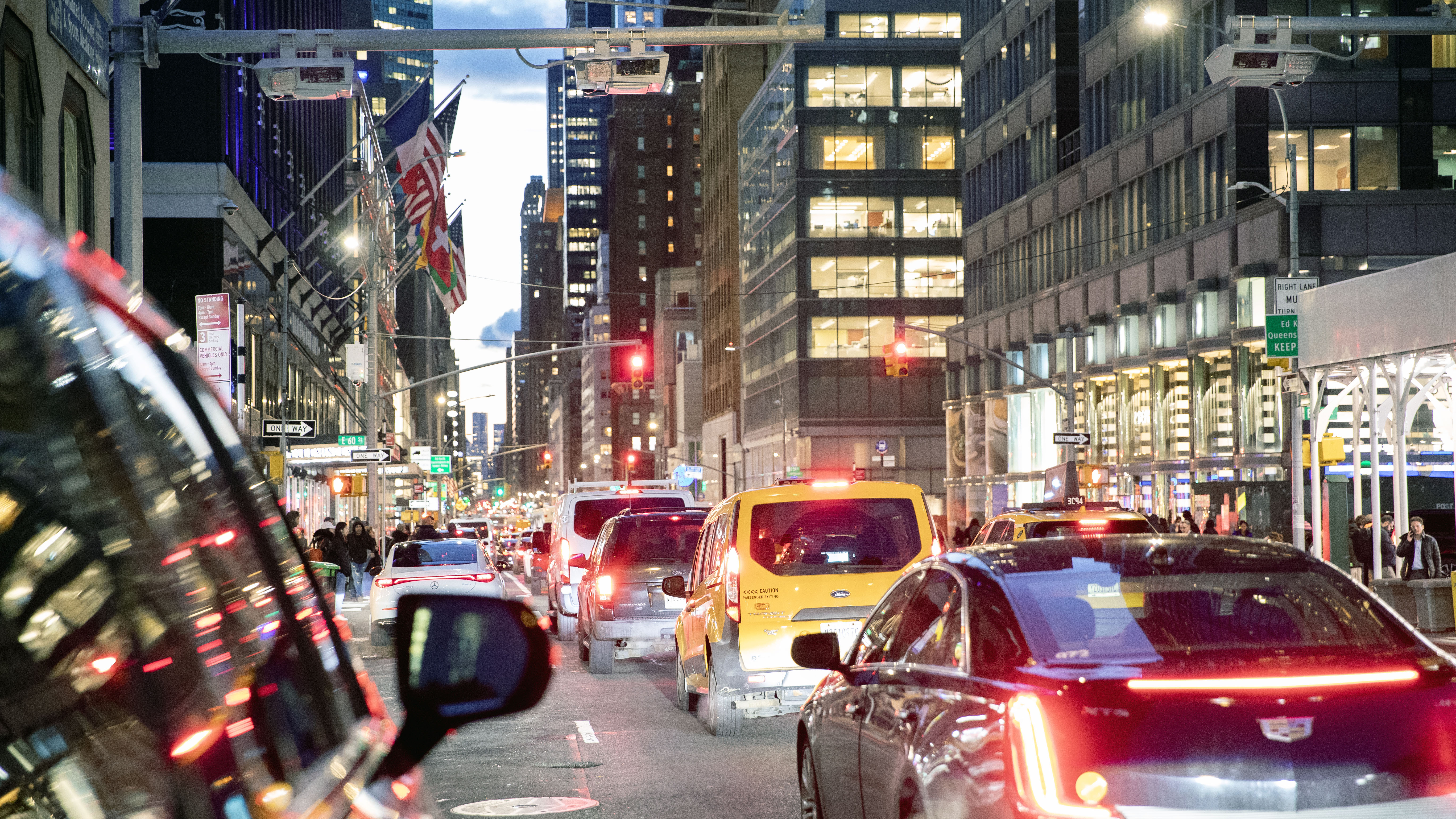As Hurricane Sandy churns north, with the tri-state area possibly in its path Sunday night into Tuesday, officials want everyone to be prepared. Here are some helpful links and tips.
FEMA's emergency preparedness page is here.
There are three hurricane zones in New York City. Find out if you live in one by going here. If you don't live in an evacuation zone but live in a high-rise building, you need to be prepared to take shelter on or below the 10th floor. High-rise buildings may space special risks during hurricanes, officials say.
The entire evacuation zone map is here. WNYC has a more detailed map on its site here.
If you live in New Jersey, plan your evacuation route here. For Nassau County information, check here.
For Suffolk information, including shelters, go here. You can also sign up for Suffolk County emergency alerts, known as CodeRed, here.
You can download the Red Cross hurricane app here.
Local
No matter where you live, officials say everyone should assemble an emergency supply kit (including a gallon of drinking water per person per day, nonperishable foods, a can opener, a first-aid kit, a flashlight, a battery-operation radio and extra batteries, a whistle, iodine tablets, personal hygiene items, a phone that does not rely on electricity, and child care supplies).
Those who live in an evacuation zone also need to:
- prepare a disaster plan (determine how to locate and communicate with family members, and make sure the home is properly insured);
- know where to go (finding friends or family to stay with outside the evacuation zone, or report to a hurricane shelter);
- keep a small "go bag" ready (which should include copies of important documents in a waterproof container; extra sets of keys; copies of credit and ATM cards; $50 to $100 in cash; up-to-date medication information and other essential personal items; first-aid kit; contact and meeting information for family members; child care supplies).
You can make sure you've got everything with this handy checklist.
Homeowners should secure their properties. Storm shutters are the best type of protection, but if you don't have those, board up windows with marine plywood. Additional clips or straps are recommended to secure roofs.
Bring in loose, lightweight objects such as lawn furniture, potted plants, garbage cans, garden tools and toys. Anchor objects that would be unsafe outside, such as gas grills or propane tanks. Close up and secure patio umbrellas, and secure retractable awnings.
Remove aerial antennas and satellite television dishes.
Trees and shrubs around your home should also be well-trimmed. Also remember to clear your gutters.
New York state offers all-hazard alerts through NY-ALERT (sign up at nyalert.gov). The city offers the latest information on nyc.gov or at 311.
Residents should also monitor the National Hurricane Center to stay aware of current weather conditions. NBC 4 New York's weather page is continuously updated here.



